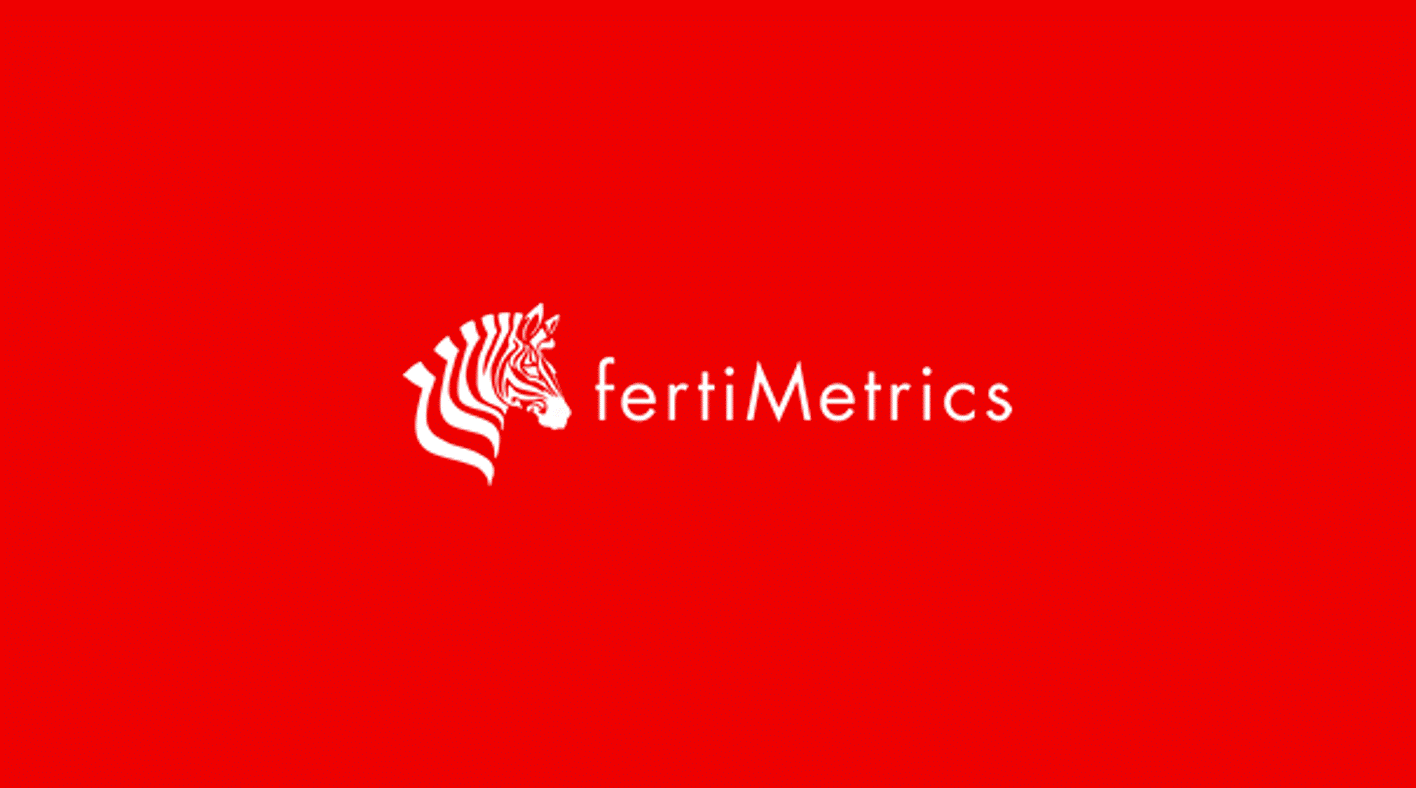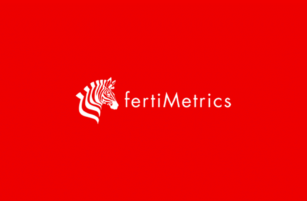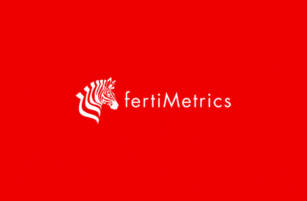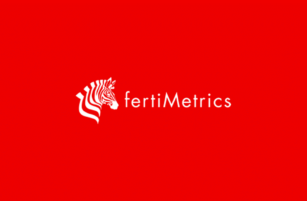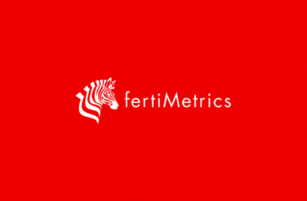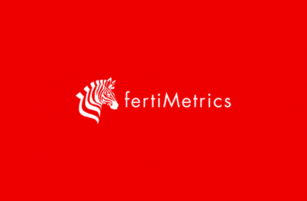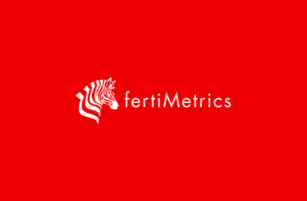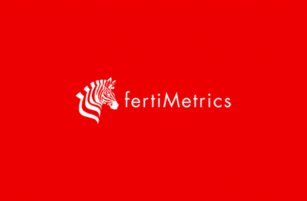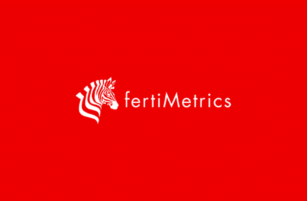Insight Focus
Despite the announcement of an India urea tender, prices remain bearish. Processed phosphate prices should increase on the back of limited supply, while potash prices remain flat with limited movement expected. Ammonia prices west of Suez increased due to production curtailments at major supply points.
Urea Slips Despite India Tender
India’s government agency NFL announced a tender for urea closing on August 29 with shipments on or before October 31. Despite this announcement, urea values fell in most regions including NOLA, where prices dropped by around USD 8.50/short ton (USD 9.35/tonne) FOB barge. In the Middle East, price hovered around the USD 330-340/tonne FOB level.

This reaction is rather unprecedented since an India urea tender normally provokes a positive sentiment. One reason could be that India may only reportedly tender for a small amount of around 750,000 tonnes, which is a negative. Another reason could be that the Pakistani government appears to be favouring domestic production rather than imports, thus cancelling the most recent 150,000 tonnes import tender.
Further, there is radio silence on imports of urea to Brazil, although the main season for imports is approaching with the current indicative price of USD 350/tonne CFR. Again, Brazil draws the benefit of imports from sanctioned countries like Iran and Venezuela, as well as imports from Russia, all at competitive prices.
The most recent FOB sales in Iran were made at the USD 297/tonne level with Middle Eastern FOB levels at an average of around the USD 335/tonne FOB mark.
Interest from European buyers is also subdued, putting pressure on Egyptian FOB levels. Most producers continue to quote USD 360/tonne FOB but although offer levels were heard around the USD 350/tonne FOB mark, bids are around USD 5-10/tonne below this level. Dangote of Nigeria is rumoured to have sold a second half August cargo at USD 327/tonne FOB Lekki with Latin America as the most likely destination.
China is still the big unknown, although most believe that there will be no export of urea from China for the remainder of 2024. The current CIQ export processing time would preclude China from participating in the India tender, but then again, as in the past, China restrictions may change on a whim.
Domestic prices in China are falling and inventories are building with daily production rates around the 180,000-tonne mark, so rather than putting the urea in a museum, Chinese producers may be given an out to make some money.
Malaysia’s urea producer Petronas’ first half 2024 urea exports were 905,000 tonnes, down 10% or 103,000 tonnes year on year but above the 840,000 tonnes exported over the same period in 2022. This year, production at several facilities has been impacted by both planned and unplanned maintenance works.
Thailand was the main buyer of Malaysian urea, having purchased 178,000 tonnes and was followed by Australia with 161,000 tonnes and Mexico with 114,000 tonnes. Elsewhere, the Philippines and Vietnam took 77,000 tonnes and 58,000 tonnes, respectively.
In general, the imminent outlook for the urea price appears bearish.
Processed Phosphate Bullish Amid China Uncertainty
The international processed phosphate market’s eyes are all focused on India and Pakistan. It has been reported that India has paid just above USD 620/tonne CFR, while a duty-free DAP cargo from Australia has been reported sold at USD 636/tonne CFR. For reference, the Indian duty is 5%. Some are puzzled at this “charity” price since it nets back to around USD 604/tonne CFR compared with the prevailing price, which is around USD 620/tonne CFR.
Port stocks of DAP in India are depleting fast and it is expected that Indian CFR prices will increase in time to come. Already, the DAP India CFR price has increased USD 110/tonne over the past three months, or 22%.
Adding fuel to the fire are rumours that the government of China will ban sales of DAP to India. Some reports from China indicate that producers have been informed orally but that no written documentation has yet been produced. Obviously, if this indeed happens, supply tightness will increase, and prices will increase to the benefit of OCP of Morocco and Ma’aden of Saudi Arabia.
DAP CFR prices in Pakistan are around the USD 635/tonne mark. DAP FOB prices in China increased this week to a range between USD 608-614/tonne with the latter being sales to Pakistan. DAP sales to Southeast Asian buyers are now quoted at USD 615/tonne FOB.

Ma’aden has confirmed plans to add 1.5 million tonnes/year of phosphate capacity by 2026. The additional phosphate fertilizer production will remove around 300,000 tonnes/year of ammonia from the seaborne market, the company estimates. This will make Ma’aden the second largest processed phosphate producer behind OCP of Morocco, with both combined setting the pace on supply and replacing the irregular supplies from China.
MAP prices in Brazil are holding around the USD 635/tonne CFR mark due to concerns on affordability but substitute products SSP/TSP are also making inroads. The soybean/MAP barter ratio in Brazil has continued to weaken and is now at the lowest level since July 2022 when MAP import prices were over USD 900/tonne CFR. Both OCP and Ma’aden are lined up to ship large amounts of MAP to Brazil in the next few weeks.
Soybean plantings in Brazil are reported to be massive, so demand should pick up and interest in MAP is set to increase.
The outlook for the processed phosphate prices appears to be bullish on the back of limited supply.
Potash Flattens Before Autumn
Global potash spot prices were little changed this week as low demand engulfed the market. Demand remains weak in most key regions as new seasons approach.
In India, a producer that originally settled at the lower end of the Indian potash contract range is renegotiating with IPL to revise the contract price to USD 283/tonne CFR, in line with other suppliers. In the meantime, India’s importers struggle to achieve the lower end of the price range at USD 279/tonne CFR.
Brazilian granular potash held at an average of USD 300/tonne CFR for the second consecutive week as demand remained lacklustre. Still, most market players expect prices to continue on their downward path.

The Southeast Asian potash market saw little movement as suppliers and buyers struggled to see eye to eye on price outlooks. With the upcoming season approaching, buyers are expecting prices to hold flat-to-soft, while suppliers aim to push for higher levels.
China’s inland prices fell once again, marking their lowest levels since late March at an average of RMB 2,390/tonne FCA (USD 334/tonne). Prices are not expected to decline much further as the autumn application season approaches.
In general, the outlook for potash prices is flat with little or no changes expected in the imminent future.
East to West Ammonia Trade Could Begin
Ammonia prices East of Suez increased due to Ma’aden of Saudi Arabia producing 26% less in the second quarter compared with the first quarter. In the second quarter, 629,000 tonnes were produced, of which 360,000 tonnes was sold. However, Ma’aden still aims to produce between 3.2 million and 3.4 million tonnes of ammonia this year after resuming normal run rates in July.

In response to the supply loss, prices rose from USD 285/tonne FOB to USD 350/tonne FOB in April-June. Prices stabilised at USD 357.5/tonne by July 18 as the market anticipated increased supply in August and September.
Ma’aden hopes to export 175,000 tonnes in August, up 25,000 tonnes from July, which was in turn up 25,000 tonnes from June. But August exports will still be 25,000-75,000 tonnes below typical monthly exports. Some price support could subside from September if normal exports are resumed as expected.
Prices West of Suez have been under upward pressure in recent months due to a production squeeze in North Africa and Trinidad that has removed several cargoes from the market, albeit during a period when end user demand is relatively soft.
The outlook is that prices in the West should remain supported in the near-term with regional availability yet to improve, though benchmarks in the Eastern Hemisphere could begin to slip, potentially prompting east-to-west trade.
